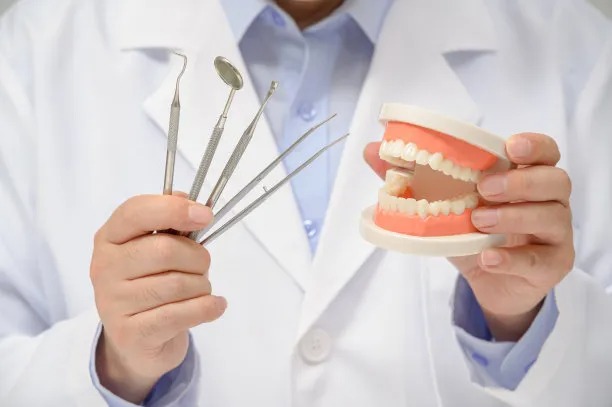The Silent Epidemic Understanding the Impact of Periodontal Disease
Summary: Periodontal disease is often referred to as the silent epidemic due to its widespread prevalence and impact on overall health. This article explores the various aspects of periodontal disease, including causes, symptoms, treatment, and prevention strategies. By understanding the importance of maintaining good oral health and addressing periodontal disease early, individuals can take proactive steps to improve their quality of life.
1. Causes of Periodontal Disease

Periodontal disease is primarily caused by the build-up of plaque and tartar on the teeth, leading to bacterial infection and inflammation of the gums. Poor oral hygiene, smoking, genetic predisposition, and underlying medical conditions can also contribute to the development of periodontal disease.
In advanced stages, periodontal disease can result in gum recession, bone loss, and tooth loss. Without proper treatment, the bacteria from the infection can enter the bloodstream and increase the risk of systemic health issues, such as heart disease and diabetes.
To prevent periodontal disease, individuals should maintain good oral hygiene practices, including regular brushing, flossing, and dental check-ups. Professional cleanings and treatments may be necessary to address existing gum disease and prevent further progression.
2. Symptoms of Periodontal Disease
Early symptoms of periodontal disease include red, swollen, and tender gums, as well as bleeding during brushing or flossing. As the disease advances, individuals may experience persistent bad breath, receding gums, and loose or shifting teeth.
It is important to recognize these symptoms and seek prompt dental care to prevent further damage to the gums and supporting structures. Ignoring the signs of periodontal disease can lead to irreversible damage and complications that may require more extensive treatment.
In severe cases, surgical interventions, such as gum grafts or bone regeneration procedures, may be necessary to restore oral health and prevent tooth loss.
3. Treatment Options for Periodontal Disease
The treatment of periodontal disease typically involves professional cleanings to remove plaque and tartar build-up, as well as thorough deep cleanings, known as scaling and root planing, to address infection below the gumline. In more advanced cases, surgical interventions may be required to repair damaged tissues and restore oral health.
Antibiotics, antimicrobial mouth rinses, and locally applied medications may also be prescribed to control bacterial infection and promote healing. It is essential for individuals with periodontal disease to follow their dentists recommendations for treatment and maintenance to prevent disease recurrence.
Regular follow-up visits and ongoing monitoring of oral health are crucial in managing periodontal disease and minimizing its impact on overall well-being.
4. Prevention Strategies for Periodontal Disease
Preventing periodontal disease begins with establishing good oral hygiene habits, such as brushing twice a day, flossing daily, and using an antiseptic mouthwash. Avoiding tobacco products, maintaining a balanced diet, and managing underlying medical conditions can also help reduce the risk of developing gum disease.
Regular dental check-ups are essential for early detection of periodontal disease and prompt intervention to prevent its progression. Dentists can provide personalized recommendations for oral care based on individual risk factors and overall health status.
Educating individuals about the importance of oral health and empowering them to take control of their dental hygiene can lead to long-term benefits in preventing periodontal disease and preserving a healthy smile.
Summary:
Periodontal disease, often termed the silent epidemic, poses a significant threat to oral and systemic health if left untreated. By addressing the causes, recognizing symptoms, pursuing appropriate treatment, and adopting preventive strategies, individuals can reduce the impact of periodontal disease on their well-being. Prioritizing oral health and partnering with dental professionals are key steps in combating this widespread condition and maintaining a healthy smile for life.
This article is compiled by Vickong Dental and the content is for reference only.



